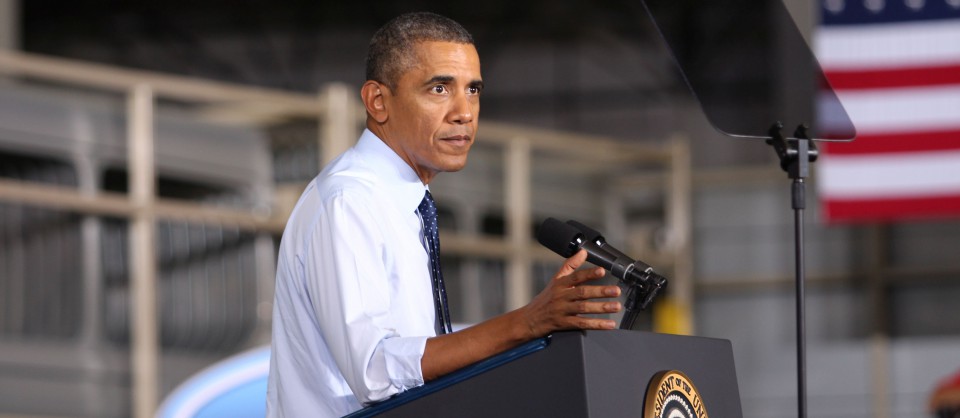By now everyone knows that Missouri has lost sufficient population that the state will lose an electoral vote and the concomitant seat in the House of Representatives. The loss means, of course, that Missouri will wield just that much less political clout. As State Democratic Chair, Susan Montee, puts it in a Politico article:
That missing Missouri vote will make a big difference sometime over the next 10 years – whether it is a Democratic vote or a Republican one.
Several political scientists quoted in the same article note that the loss of an electoral seat packs a psychological wallop since it suggests that the state is in decline.
Which leads us to the fact that in the coming months we can expect to see the change spun in a number of agenda-driven ways. For instance, columnist Michael Barone tried to use the population shifts revealed by the 2010 census to fuel the rightwing tax-cutting bandwagon, claiming that low taxes lead to population growth. Missouri doesn’t seem to have gotten that message since it lost population despite its relatively low tax rates – although I expect to hear the state’s GOP make the same argument in order to cut corporate and upper bracket taxes even further, or to buoy up efforts to institute regressive sales taxes, the so-called “fair” tax, in place of income taxes.
What may be the most extreme as well as the funniest effort to spin the situation to the benefit of a particular political hobby horse was presented in the letters section of the St. Louis Post-Dispatch (“Behind the numbers,” Dec. 27). The letter writer does his best to lay the blame on – ready for this – the prevalence of abortion in blue states:
A review of the Centers for Disease Control Abortion Surveillance Report for 2006 reveals that, when measured per 1,000 live births, there are often 1.5 to 2 times as many abortions in the most reliably “blue” states versus the most reliably “red” states. The most marked example: Utah had 67 abortions per 1,000 live births and New York had 488. As a result, House seats, electoral votes and federal funding are shifting.
While there might be a certain intuitive appeal to this argument for those with anti-choice proclivities, it falls apart when one delves a little deeper. Apart from the two extremes, Utah and New York, that the writer cites, his red state/low abortion rate, blue state/high abortion rate doesn’t seem to correlate convincingly to the winners and losers in the 2010 census. For example, during the year cited above, 2006, the percentage of abortions to total births was between 15-25% for most of the states that experienced significant change in population, whether they lost or won electoral seats; Missouri, with 15.2% of pregnancies in 2006 terminated by abortion, falls into this group. Louisiana, a red state with a relatively low percentage of abortions for 2006 (8.9%), still lost an electoral seat, while states like Washington and Florida, with a higher percentage of abortions (22.2% and 28% respectively) gained seats.
All this ponderous analysis is silly simply because the reason Missouri lost population is staring us in the face; no one needs to cook up some tortured correlation to random social phenomena to explain it. Think jobs; think about the state’s lackluster job creation record even before the recession. Then consider that CNBCs Top States for Business Survey ranks Missouri 49th for quality of life – widely acknowledged to be a major consideration when it comes to business or personal relocation. Among some of the factors contributing to the low quality of life in the state:
–Missouri ranks 39th on health related issues such as public health policies, community environmental conditions, and health behaviors. (This while our legislators prance around, threatening to “nullify” health care reform.)
–Missouri receives consistently low scores for its public educational system, falling among the lowest scoring 10 states in the 2009 Quality Counts Report with a rank of 40 and a grade of C-. Evaluations of higher education in Missouri find it to be both mediocre and, relative to other states, expensive.
Add to such facts the state’s significant unmet infrastructure needs along with a legislature that wants to cut public spending even further, decimate labor protections with a “right-to-work” law, while handing tax cuts to the wealthy (most recently via the aforementioned “fair” tax proposal), and it should be very clear why Missouri may indeed be in a period of decline. Third world political, economic and social structures yield third world living conditions that will attract few outside of those interested in setting up sweat shops.

…you do know that facts have a liberal bias.